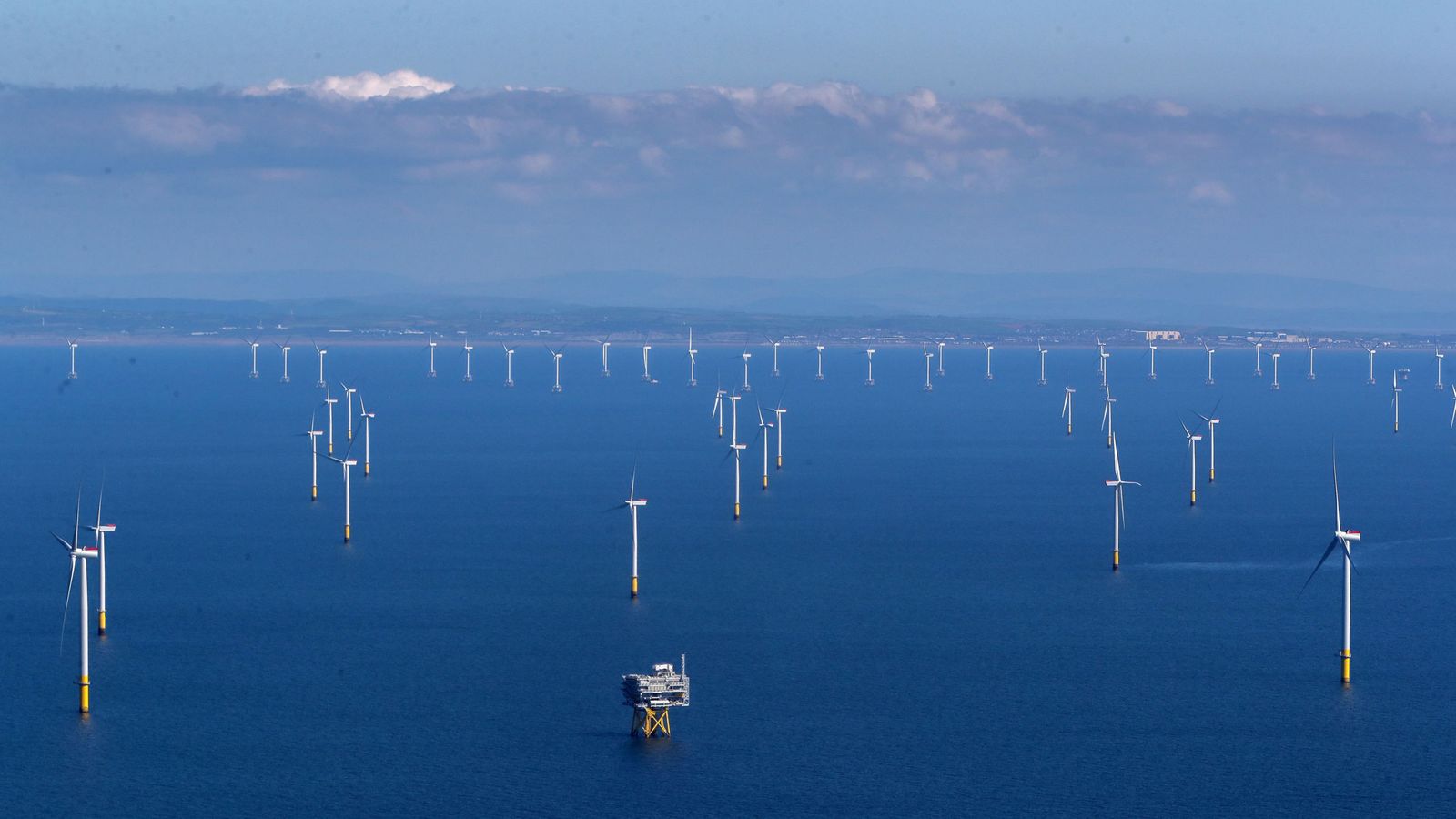Renewable energy

This piece is informed by an article titled “Two Countries, One Planet” by Adam Tooze in Prospect magazine, Winter Edition 2020.
Adam J. Tooze is a British historian who is a Professor at Columbia University and Director of the European Institute. Previously, he was Reader in Twentieth-Century History at the University of Cambridge and Gurnee Hart Fellow in History at Jesus College, Cambridge. Wikipedia
Britain has a very healthy record in green energy??
The United Kingdom, comprising England, Scotland, Northern Ireland and Wales, is richly endowed with sources of energy. To start, there are rich seams of coal in England, Scotland and Wales. These formed the backbone of the first Industrial revolution, which started in the late Eighteenth Century and reached a peak in the nineteenth and early Twentieth Centuries. The discovery of oil and gas in the North Sea around Scotland and the North of England fuelled a boom in carbon based fuels. Unlike Norway, which prudently saved a portion of the North Sea revenues, and placed it in a national fund that now means Norwegians will never be poor, especially after retirement; Britain, led by Free Marketer extremist Margaret Thatcher, used the wealth to fuel and enormous consumer boom and tax reductions. So, Norway concentrated domestic attention on the development of hydro-electric power, which it used to supply Sweden and domestic usage – using the oil and gas reserves to supply the world market.
Meanwhile, Germany, along with Britain, used coal to drive massive growth in engineering and manufacturing. (On a personal note, the volume of coal used in Germany could be seen through my trip up the river Rhine and to Poland in 2002. Processions of huge barges laden with what seemed to be brown lignite proceeded up the Rhine and German canals to the major industrial centres). But that was 20 or more years ago….
Cut to 2020: Which country of Germany and the UK has the “greenest” energy economy? Today, the UK’s per capita CO2 emissions are almost 40% less than Germany’s. The UK is a world leader in offshore wind power, one of the most promising sources of renewable energy. And maybe tidal power will follow on ahead of the rest of the world??
History
In the 1970’s Germany - like Britain, had made a major investment in nuclear power. But in Germany, the Red/Green coalition took power; its top priority was to negotiate a cross-party consensus to exit nuclear power generation (unlike France, which is highly dependent on nuclear). Chancellor Angela Merkel’s policy after the Fukushima disaster expedited the decommissioning process, bringing it forward to 2022.
German subsidies spurred a global policy for solar and onshore wind power, bringing to the world market the might of China, whose solar manufacturers soon prevailed in a global price war. But Germany still has a prominent role in manufacturing equipment for solar and wind power and so attractive was the German policy of feed-in subsidies that they were adopted by Italy, Spain and Britain (in 2010).
So Germany must be the global leader in the adoption of a Green Energy strategy? (Certainly not the United States or China).
Alas, German strategy fell foul of its funding model. The Social Democrats were the dominant party in the Red/Green coalition and much as they favoured small scale renewables, they had no intention of abandoning coal. Billions of Euros still flowed in subsidies to hard coal and lignite mines, and continued as a surge in oil and gas prices tilted the market in coals’ favour.
In Britain, the dash for coal was aborted by the 2008/9 financial crisis and Premier Gordon Brown’s government’s turn to a more aggressive energy policy.
But in Germany, the energy utilities led one of the biggest investment waves into domestic coal capacities since post-war reconstruction.
Due to the combined effects of the Blairite Labour party and longstanding supporters on the Conservative side, the UK is also one of the few countries seriously committed to a new generation of nuclear power. (However, the rocketing costs of construction of new nuclear plants and the involvement of Chinese companies, plus the burgeoning costs of nuclear power may cause the “Dash to Nuclear” to be curtailed or aborted.)
This could be even more likely given the remarkably low prices yielded by contracts for offshore wind, which has emerged as the silver bullet for decarbonisation of UK power supply. Unlike Germany, which faces the huge challenge of moving wind power generated in the North Sea and the Baltic south to the industrial centres of Munich and Stuttgart, the UK can position wind farms strategically along its coastline. Also, Scotland is fortunate in having one of the windier positions along its west coast, and many of the Scottish islands are generating their electricity locally. (In a later piece, I will examine the remarkable potential of tide power around the British Isles, which has hardly been exploited to date).
But it is important to focus on corporate actions. The glib conclusion to draw from the Germany/ Britain comparison is that Britain’s flexible market economy is proving more dynamic in the green transition than consensual European politics. But this is a far too simple diagnosis. Britain’s corporate energy sector was built on the ruins of the labour movement, combined with the good luck of the geographical location of parts of Britain. Scotland in particular, which hardly has a right wing government, is poised to lead the way in green energy generation.



